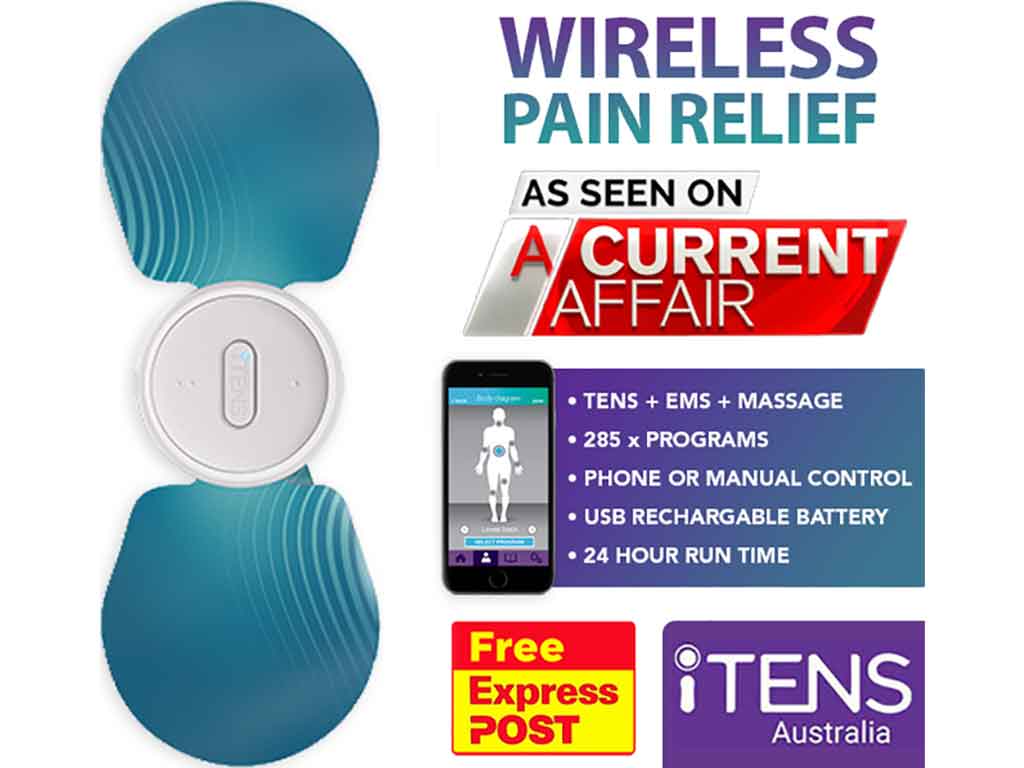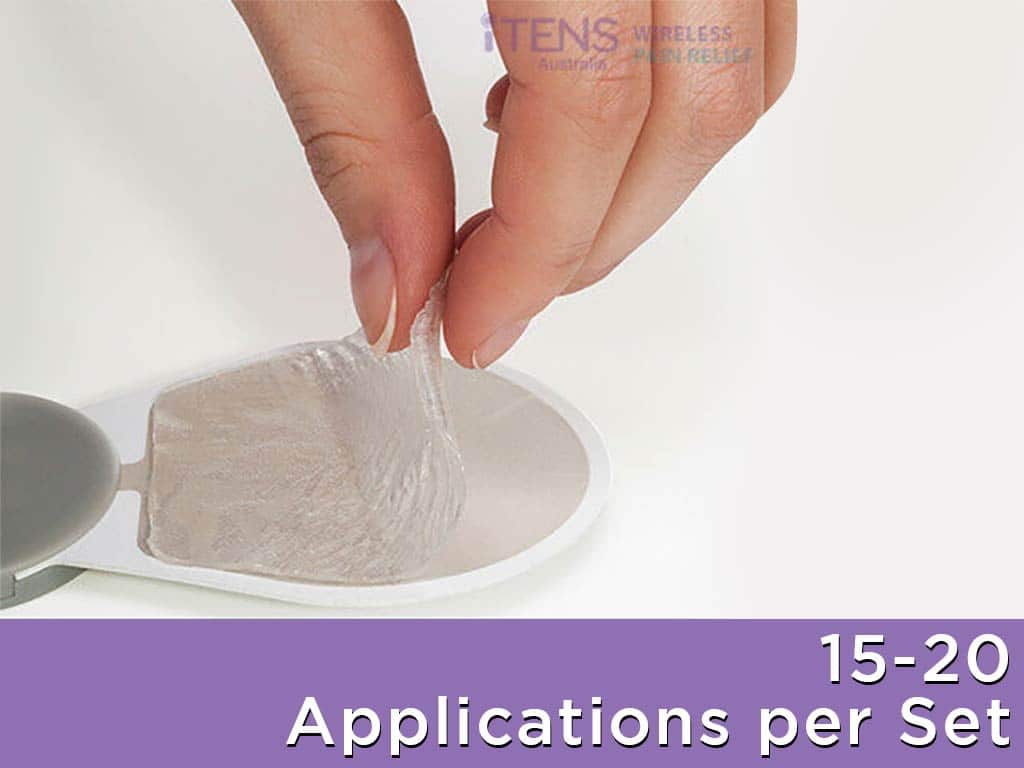
Some women are using a Transcutaneous Electrical Nerve Stimulation or TENS unit for birth to relieve discomfort. It works by sending mild electrical impulses through electrodes placed on the skin. Hence, TENS can trigger the release of endorphins, boost circulation by causing vasodilation, and block pain signals from reaching the brain. Operating a TENS unit during labour typically involves placing electrodes on the skin and adjusting the settings of the electrical impulses.
The severity of labour pain can differ among women, prompting the need for different levels of pain relief. Nevertheless, women experience contractions to a lesser or greater degree. For those who need maximal relief, a TENS machine can help ease contraction pains. It is not only a drug-free pain relief option, but it also minimises the need for intrusive procedures. This article will provide more information about a TENS machine for birth, including its mechanism of action and proper use.
What is a TENS Unit for Birth?
A TENS unit for birth is a handy device that lessens pain during labour. It is one of the methods of pain relief that does not require drugs or intrusive procedures. TENS units consist of electrode pads and a small battery-operated device that delivers electrical pain-relieving pulses to the body. The machine and patches are available in various types and sizes. Some models are wired, while some are cable-free.
The purchase of a TENS unit enables individuals to manage a variety of pain issues, including labour pain as well as acute and chronic pain. On the other hand, pregnant women can hire TENS machines for temporary use during pregnancy. They can utilise TENS with other pain management techniques, such as breathing exercises and movement.
TENS devices offer various modes and settings to personalise the level of pain relief. Expectant mothers can adjust the intensity and frequency to find the most comfortable level. Moreover, they can select a pre-programmed mode specifically designed for labour pain. Some labour TENS machines have an intuitive boost button to provide an extra dose of power during the pain of contractions.
History of TENS Therapy in Labour
- 1970s: Researchers developed TENS therapy to treat chronic pain using mild electrical impulses.
- Early 1980s: Medical professionals began experimenting with TENS for labour pain management.
- Mid-1980s: Initial studies showed TENS effectively reduced labour pain, sparking interest in its application during childbirth.
- Late 1980s: Maternity care providers started adopting TENS as an alternative to traditional pain relief options.
- 1990s: Researchers conducted more studies to improve TENS techniques specifically for labour pain.
- Early 2000s: Hospitals and birth centres worldwide integrated TENS therapy into standard labour pain management protocols.
- Present: TENS therapy remains widely used in maternity care, with ongoing research aiming to optimise its effectiveness.

How a TENS Unit for Birth Works
TENS unit for birth works to alleviate discomfort through several physiological principles. Foremost, when TENS delivers electrical pulses, it can trigger the release of endorphins. Endorphins are natural chemicals in the body that have pain-relieving properties. They interact with opiate receptors, diminishing the perception of discomfort and inducing a sense of well-being.
Another mechanism through which TENS works is based on the Gate Control Theory of Pain. According to this theory, the spinal cord contains a “gate” that can either allow or block pain messages from reaching the brain. The electrical stimulation from TENS can help close the “gate”. Hence, it prevents the transmission of pain signals to the brain. This can result in a reduction in the perception of labour discomfort.
Furthermore, TENS therapy can influence blood flow in the body. The electrical currents from TENS can cause vasodilation. This can lead to an increase in blood circulation to the treatment area. Hence, it potentially contributes to labour discomfort and the promotion of relaxation. Overall, these mechanisms provide a natural alternative for pain management.
Benefits of Using a TENS Machine During Labour
Using TENS for labour pain offers several compelling benefits. Firstly, TENS therapy provides targeted pain relief. This allows for localised relief without affecting the entire body. Secondly, TENS is non-invasive. It does not require the use of needles or surgeries. Nevertheless, this aspect avoids the potential complications or side effects associated with invasive procedures.
Thirdly, TENS treatment is a drug-free alternative. It can provide relief from pain without the use of pharmaceutical medications. Lastly, the portability of TENS devices enhances their practicality for use during labour. The compact and lightweight nature of these units allows the expectant mother to move freely and change positions.

How to Operate a TENS Unit for Birth
Using a TENS unit for birth is straightforward. Begin by placing the electrode patches on the lower back. Make sure the device is turned off before positioning the pads. Then, turn the unit on and adjust the settings to a suitable level. The birthing partner can control the electrical pulses using the machine buttons.
Additionally, they can move the electrode pads to different areas on the back. Moreover, users can press the burst or boost button to increase the intensity temporarily for added pain relief during labour. However, they must remember that while TENS can provide effective pain relief, it may not work for everyone. Thus, it is important to discuss its use with a doctor first.
After usage, turn the TENS device off. Then, remove the electrodes from the skin. Remove the residues from the adhesive pads using a damp cloth or wipe. Store the TENS machine in a safe and dry place for future use. Overall, TENS therapy can be a valuable addition to the birth plan, helping women to stay in control throughout the labour stages.
Electrode Placement Guide
Placing the pads correctly when using a TENS machine in labour is important. This helps manage pain effectively during childbirth and avoids any issues. To do this, they should attach the electrodes to both sides of the lower back, near the spine, where labour pain is strongest.
Moreover, the electrode pads should be about two inches apart to prevent interference between them. However, people must avoid applying the pads on broken skin. Otherwise, this may aggravate the condition of the skin surface. Furthermore, following the guidelines from the manufacturer or a doctor is essential for optimal maternal pain relief.
Conclusion
A TENS unit for birth offers a drug-free and non-invasive option for managing labour pain. By delivering electrical pulses, it triggers the release of natural pain-relieving chemicals and can help close the “gate” that transmits pain signals to the brain. This targeted relief, coupled with its portability and ease of use, makes it a valuable addition to any birth plan. Hence, TENS empowers expectant mothers to navigate labour with more comfort and control.
However, it is essential to note that while TENS therapy can be effective for many, it may not work for everyone. Therefore, consulting with a healthcare provider before use is advisable to ensure its suitability and to receive proper guidance on electrode placement and usage. Overall, incorporating a TENS unit into the birthing process can offer a gentle yet powerful tool for managing discomfort and promoting a positive birth experience.




















